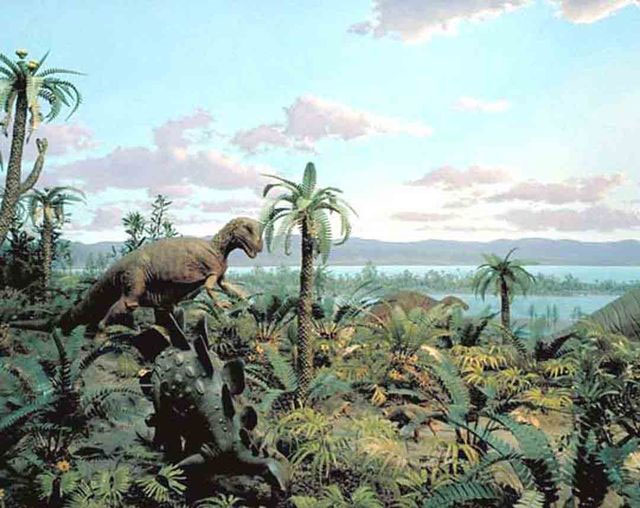Restoration of 'love song' from Jurassic
The love song of an extinct grasshopper species from 165 million years ago has been successfully restored by scientists.
This is considered the oldest piece of music ever known and recorded so far, Discovery News said. It is reconstructed from the wing features of a grasshopper fossil found in northeastern China. For the first time, we can hear the sounds that dinosaurs and prehistoric creatures can hear in the night forest.

Scientists have successfully reconstructed a "love song" of Jurassic
According to paleontologists Jun-Jie Gu and Dong Ren of Beijing Capital Normal University, grasshoppers make sounds that call you by brushing your teeth on one side of the wing and rubbing the tail into the other. However is that the way their ancestors made sound? What does an ancient grasshopper melody sound like? Those are still unknowns that have not been solved, until before this study.
Jun-Jie Gu and Dong Ren asked the help of two entomology experts from the University of England and a leading expert on insect evolution in the United States when analyzing a conserved grasshopper fossil intact from the middle of the Jurassic period.'We named the grasshopper species Archaboilos Musicus and they became extinct 165 million years ago.'
They found that, right from that time, this grasshopper produced a clear, loud, loud sound and on a single frequency to call you. It is a message that helps 'advertise' the form, quality and position of the 'singer' so that locusts decide whether or not to respond.
The researchers believe that A.musicus 'sang ' at a relatively low 6.4kHz frequency to transmit the distant message.
- Giving bigger eggs thanks to the sexy song
- 'Happy Birthday' officially became a free song
- Deciphering the mystery 'Haunted song' causes many people to commit suicide
- 9 odd effects of love
- Strange facts that science explains about love
- 4 wrong thoughts about love that not everyone knows
- New discoveries of love
- Interesting facts about love
- 5 things you didn't know about ABBA's 'Happy New Year' song
- Jurassic fossils discovered Jurassic sea 10m long
- ADB supports the most polluted lake restoration project in China
- 'What is love?' through a scientific perspective
 Discovered an ancient centipede fossil 99 million years old
Discovered an ancient centipede fossil 99 million years old Discovered bat-like dinosaurs in China
Discovered bat-like dinosaurs in China Discovered a 200-year-old bronze cannon of the coast
Discovered a 200-year-old bronze cannon of the coast Discover 305 million-year-old spider fossils
Discover 305 million-year-old spider fossils